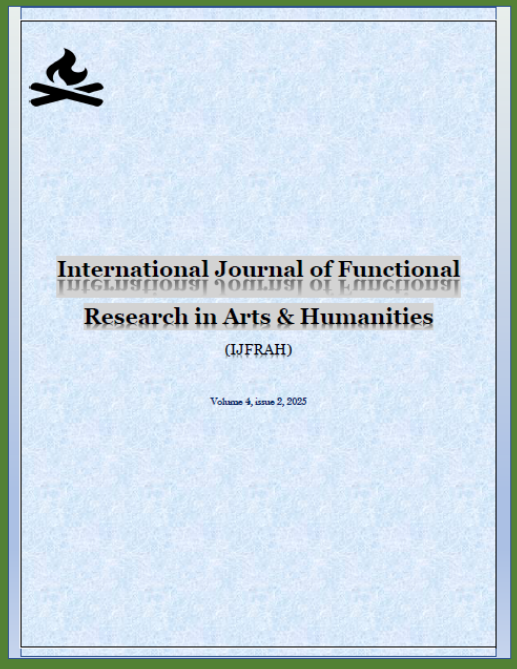INTEGRATING SIMULATION TECHNOLOGY IN ARCHITECTURAL EDUCATION: PIONEERING SMART PEDAGOGICAL APPROACHES IN CROSS RIVER STATE, NIGERIA
Keywords:
Simulation Technology, Architectural Education, Building Information Modeling, Virtual Reality, Smart PedagogyAbstract
The fusion of simulation technology into architectural education heralds a paradigm shift, empowering students to engage with dynamic, immersive design processes that mirror real-world complexities. This study investigates the integration of simulation tools such as Building Information Modeling (BIM) and virtual reality (VR) in architectural education within Cross River State, Nigeria, a region poised for educational innovation. Employing a mixed-methods approach, primary data were gathered through surveys and interviews with 180 architecture students and 40 faculty members across three institutions. Results indicate that simulation technologies significantly enhance design visualization, interdisciplinary collaboration, and critical thinking, yet face barriers like limited infrastructure and technical expertise. Demographic analysis reveals a participant pool of 65% male and 35% female students, primarily aged 20–24, and faculty with diverse technological proficiency. Challenges include unreliable power supply and high software costs, necessitating strategic interventions. The study proposes a framework for smart pedagogy, advocating curriculum redesign, faculty training, and public-private partnerships to bolster digital infrastructure. This research positions Cross River State as a potential leader in technology-driven architectural education in Nigeria, fostering graduates equipped for global practice.



